All Science
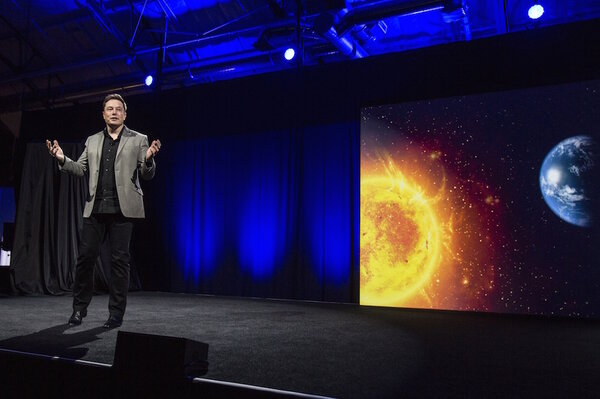 How Elon Musk plans to bring humanity to Mars
How Elon Musk plans to bring humanity to MarsElon Musk laid out plans Tuesday to send colonists to Mars by 2024 and eventually make the trip 'affordable for everyone who wants to go.'
 Could ornamented skulls have helped dinosaurs get big?
Could ornamented skulls have helped dinosaurs get big?Most humongous theropod dinosaurs sported horns, bony crests, or knobs atop their heads, but the little ones weren't so fashionable, say paleontologists. And that pattern could have evolutionary significance.
 First LookBlack moon rising: Friday's rare lunar event explained
First LookBlack moon rising: Friday's rare lunar event explainedThis week’s black moon is the latest in a slew of seemingly special lunar events – blue moons, blood moons, supermoons and more. But why do we make such distinctions?
 First LookMercuryquakes? Planet nearest to the sun may have tectonic activity.
First LookMercuryquakes? Planet nearest to the sun may have tectonic activity.Recently obtained photographs from NASA's MESSENGER probe indicates that the planet may be geologically active.
 First LookIt's warmer now than it has been in 120,000 years, say scientists
First LookIt's warmer now than it has been in 120,000 years, say scientistsA study by a doctoral student at Stanford University predicts the Earth will eventually reach its hottest point in two million years, but other scientists say that's a tough call to make.
 Could Neanderthals hear the same sounds as humans?
Could Neanderthals hear the same sounds as humans?Neanderthal ear ossicles look remarkably different from those in modern humans, but they function surprisingly similarly, say scientists. What could this say about Neanderthals' capacity for speech?
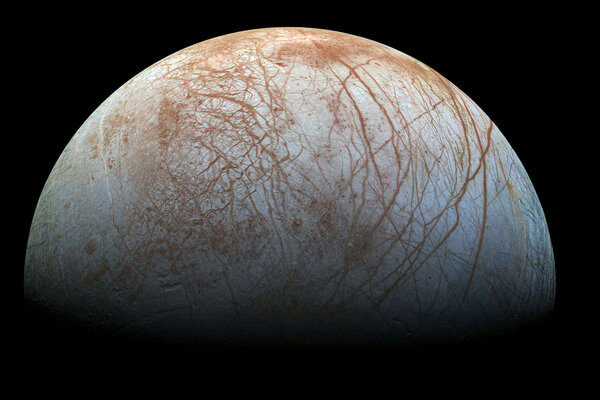 Why scientists are so thrilled by the icy geysers on Europa
Why scientists are so thrilled by the icy geysers on EuropaNASA announced Monday 'surprising evidence of activity that may be related to the presence of a subsurface ocean on Europa.' That reinforces previous research, making the Jupiter moon a strong candidate in the hunt for alien life.
- First LookSpaceX Raptor test: Is this the rocket that will take humans to Mars?
Elon Musk tweeted photos of the test firing of the Raptor 'interplanetary transport engine,' as he prepares to deliver a speech at the International Astronautical Conference on making humanity a 'multiplanetary species.'
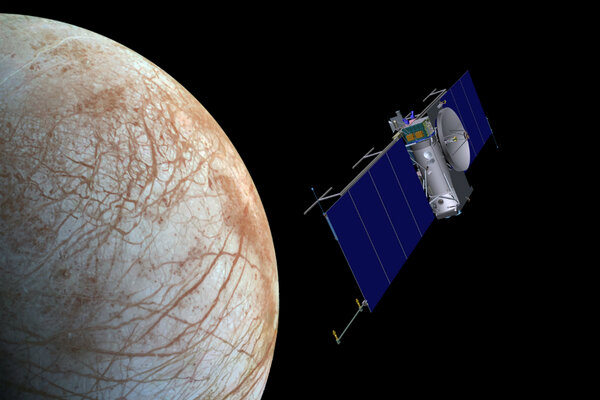 First LookWhy NASA is so interested in Jupiter's frozen moon
First LookWhy NASA is so interested in Jupiter's frozen moonOn Monday, NASA plans to discuss 'surprising' new activity from Jupiter's ice-covered satellite, Europa – our solar system's primary candidate for harboring potential life.
 First LookChina tests world’s largest radio telescope: What's it hunting for?
First LookChina tests world’s largest radio telescope: What's it hunting for?FAST has already discovered a pulsar about 1,351 light years away. Could the radio telescope discover signs of alien life too?
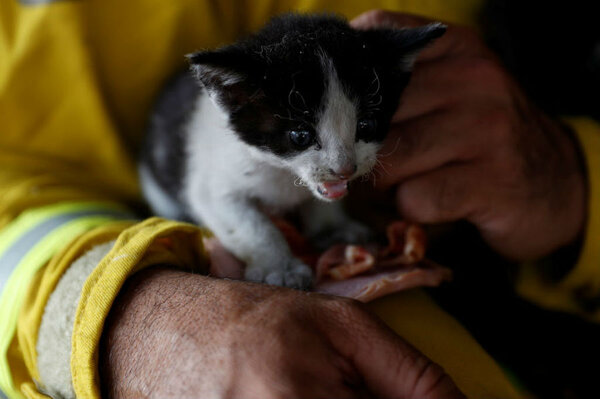 Did the Vikings help distribute cats around the world?
Did the Vikings help distribute cats around the world?The largest genetic study of cat DNA from specimens from 15,000 years ago to the 18th century suggests that the felines accompanied early mariners on boats, spreading across the world with seafaring civilizations like the Vikings.
 How satellites are helping decode human-caused earthquakes
How satellites are helping decode human-caused earthquakesPrior to 2008, the US Geological Survey had never recorded an earthquake in the Dallas-Fort Worth area, but since then the area has seen almost 200.
 First LookIf aliens call, should we answer? Stephen Hawking weighs in
First LookIf aliens call, should we answer? Stephen Hawking weighs inStephen Hawking once more warns that “meeting an advanced civilization could be like Native Americans encountering Columbus — that didn’t turn out so well.”
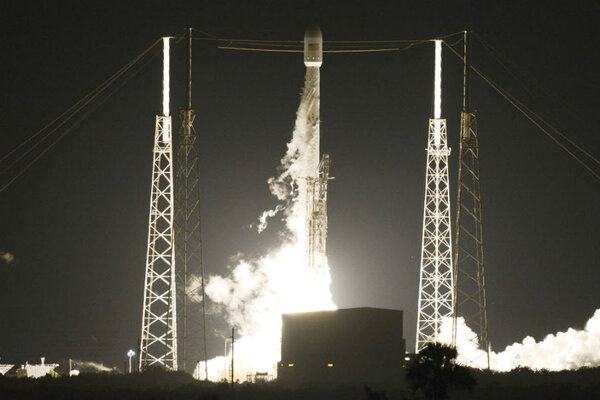 First LookSpaceX explosion traced to its helium system. Now what?
First LookSpaceX explosion traced to its helium system. Now what?A breach in the helium system caused the explosion earlier this month, says SpaceX. The company - which aims to resume flights in November - says the lessons it learned from this explosion will produce a safer flight experience.
 First LookSinging fish: Unraveling the secrets of mysterious humming at night
First LookSinging fish: Unraveling the secrets of mysterious humming at nightCalifornia houseboat residents in the 1980s thought the sound came from a Navy experiment or extraterrestrials. It was actually the plainfin midshipman fish's song, which, according to a new study, is caused by its circadian rhythms.
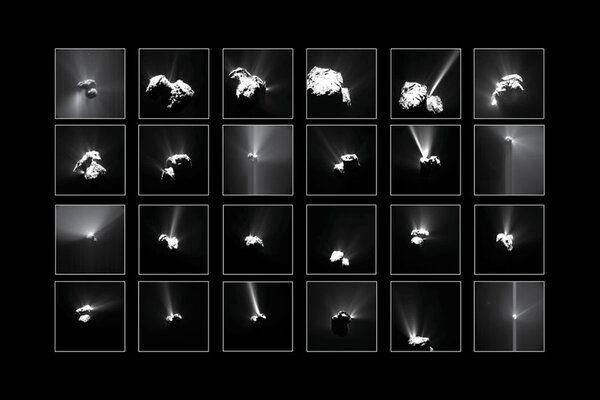 First LookRosetta pictures of summer fireworks on comet 67P explained
First LookRosetta pictures of summer fireworks on comet 67P explainedIn a study published Friday, scientists reported that the fireworks captured by Rosetta spacecraft’s camera during its two-year, close-up study of comet 67P/Churyumov-Gerasimenko were coming from the comet’s surface.
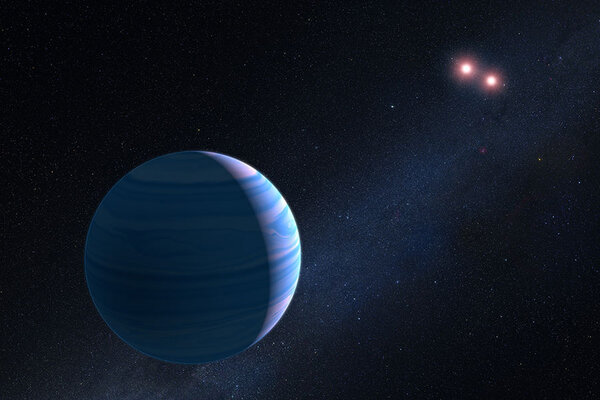 First LookLight-bending technique helps scientists find planets orbiting two suns
First LookLight-bending technique helps scientists find planets orbiting two sunsA newly confirmed star system helps validate the use of the microlensing technique in the search for other worlds.
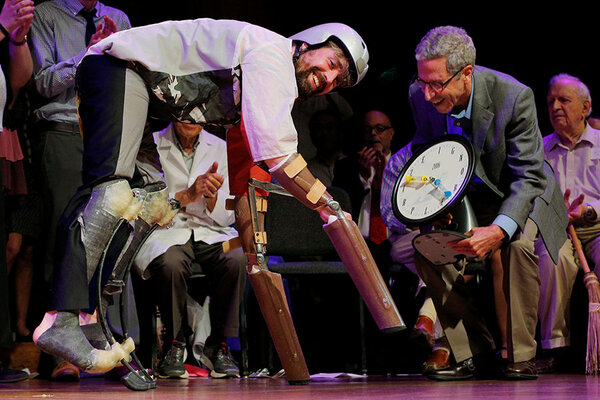 First LookA man who lived like a badger, rats in pants, and other Ig Nobel winners
First LookA man who lived like a badger, rats in pants, and other Ig Nobel winnersA Swedish entomologist who collected bugs for seven years, an Egyptian professor who dressed rats in pants, and a British researcher who lived in a badger den are among those honored for their quirky scientific achievements.
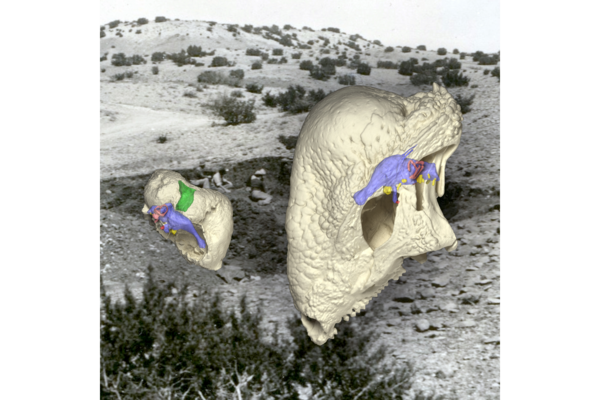 Were dinosaurs copycats? This ancient, domed skull suggests so.
Were dinosaurs copycats? This ancient, domed skull suggests so.A 230-million-year-old reptile may have looked like a dinosaur, but it wasn't one. What can it tell us about evolutionary patterns?
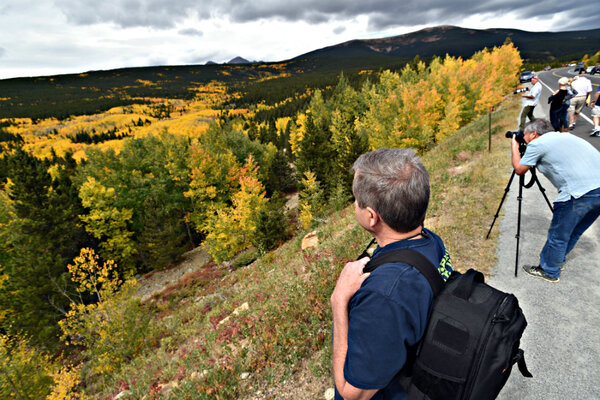 First LookWhy does the equinox signal the start of fall?
First LookWhy does the equinox signal the start of fall?For hundreds of years, our ancestors celebrated the equinox as a cosmic marker of the changing seasons.






















